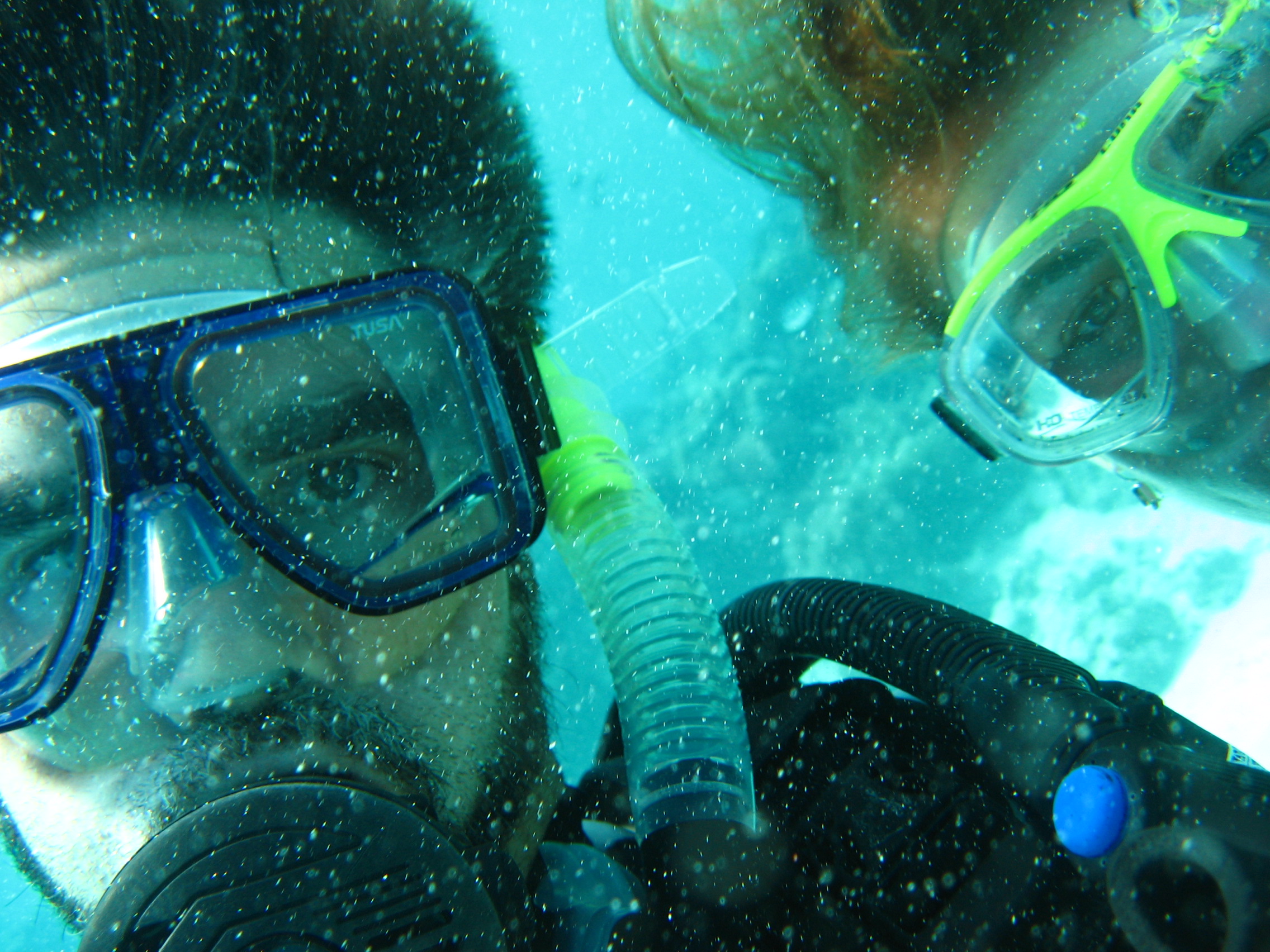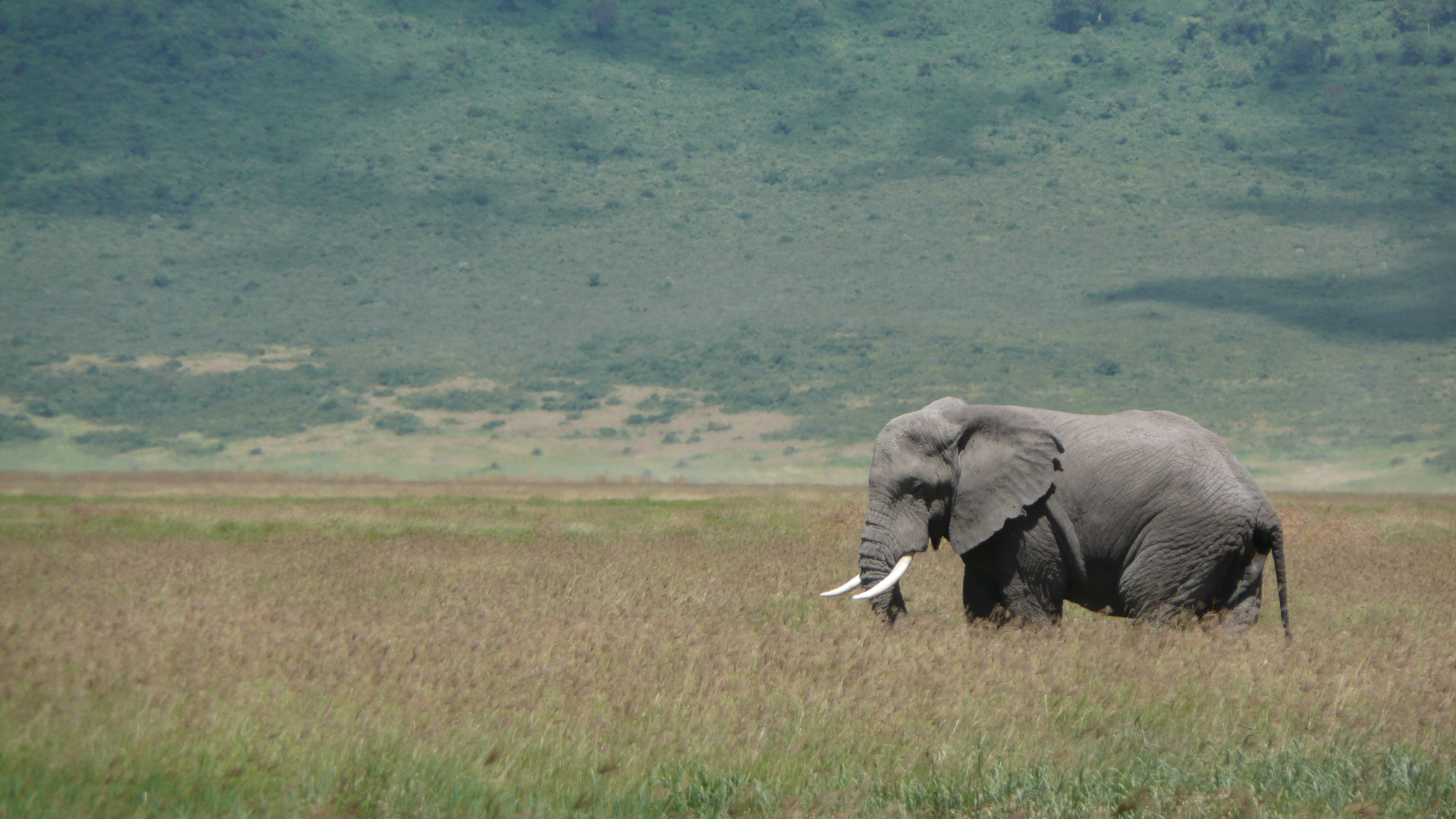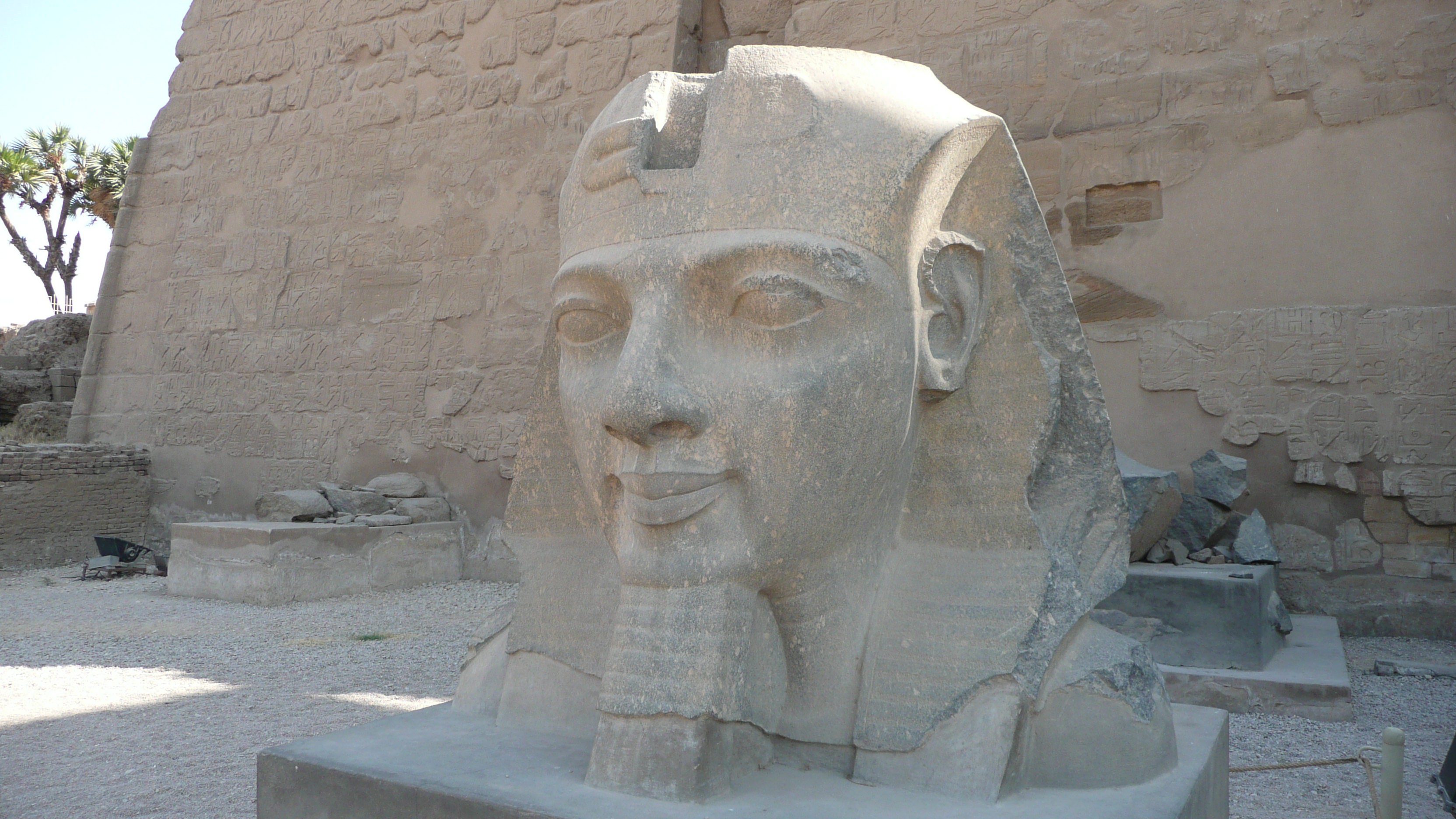On Safari Part 4 – Zanzibar
Like the Kenyan island of Lamu, where Lila and I were married, the island chain of Zanzibar is best known for its unique Swahili culture and strategic place in the Indian Ocean. Historically Zanzibar was an extremely important hub of trade from the East African country side, known particularly for its abundance of spices (hence the name “The Spice Island”), ivory, and most infamously slaves that were taken from the villages of East Africa to the Middle East, Europe, and the Americas, including the shores of the United States. In fact, most slaves stolen from East Africa eventually made their way through Zanzibar.
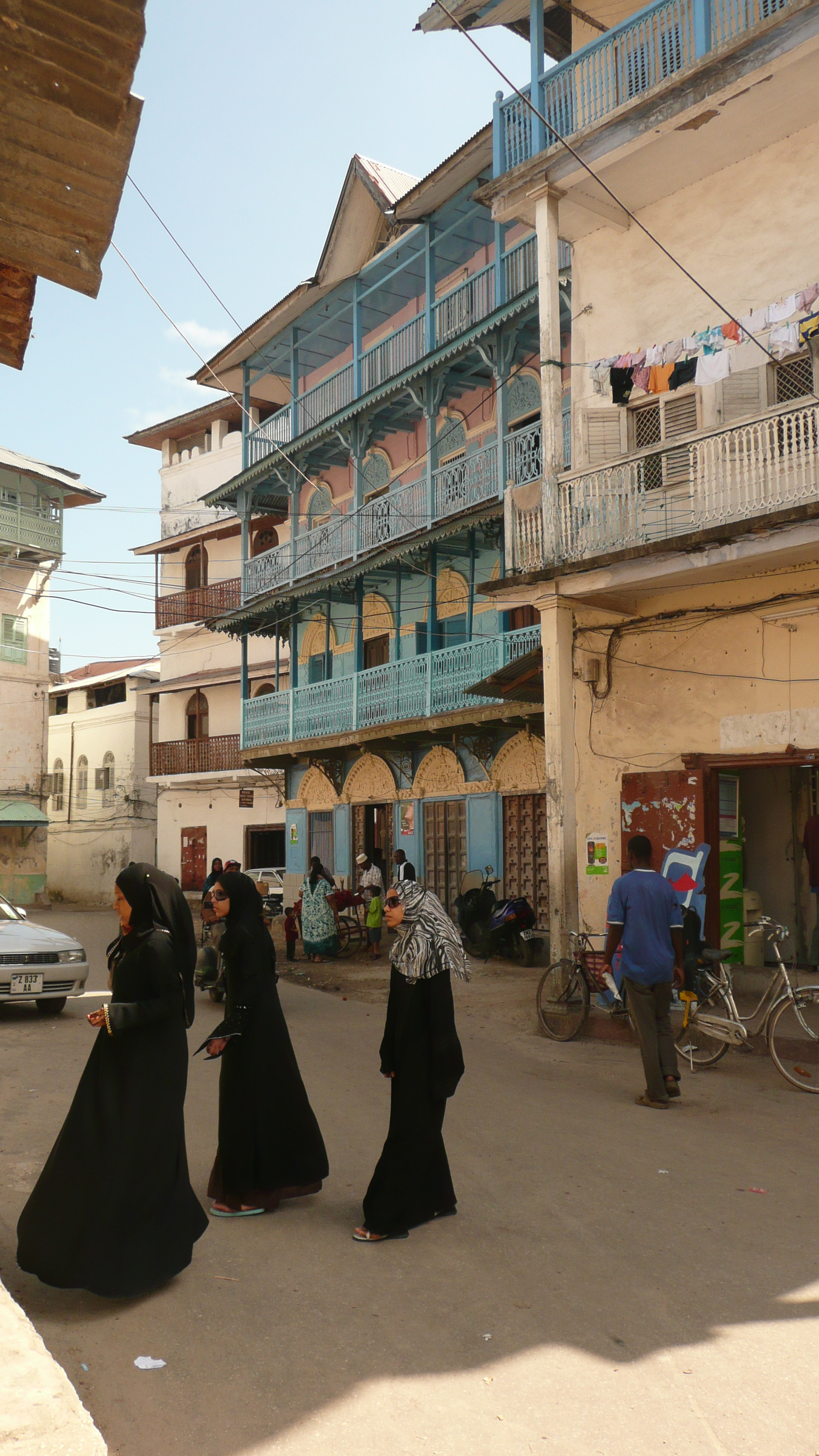
Unknown to many in North America is the role that Africans themselves played in the business of slavery. Coming from a history of tribal slavery, one tribe making slaves of people from other tribes, some African merchants were more than happy to supply their “product” to their trading partners from the East and the West. One such trader was Tippu Tip, of Arab and African decent, kept the illegal slave trade alive in Zanzibar for many years after the abolition of slavery in 1897. Haunting reminders of this dubious trade in human beings can still be seen and felt on the island, from the central slave “trading post”, to the eerie “slave caves”, used to hide slaves during the years following Abolition.
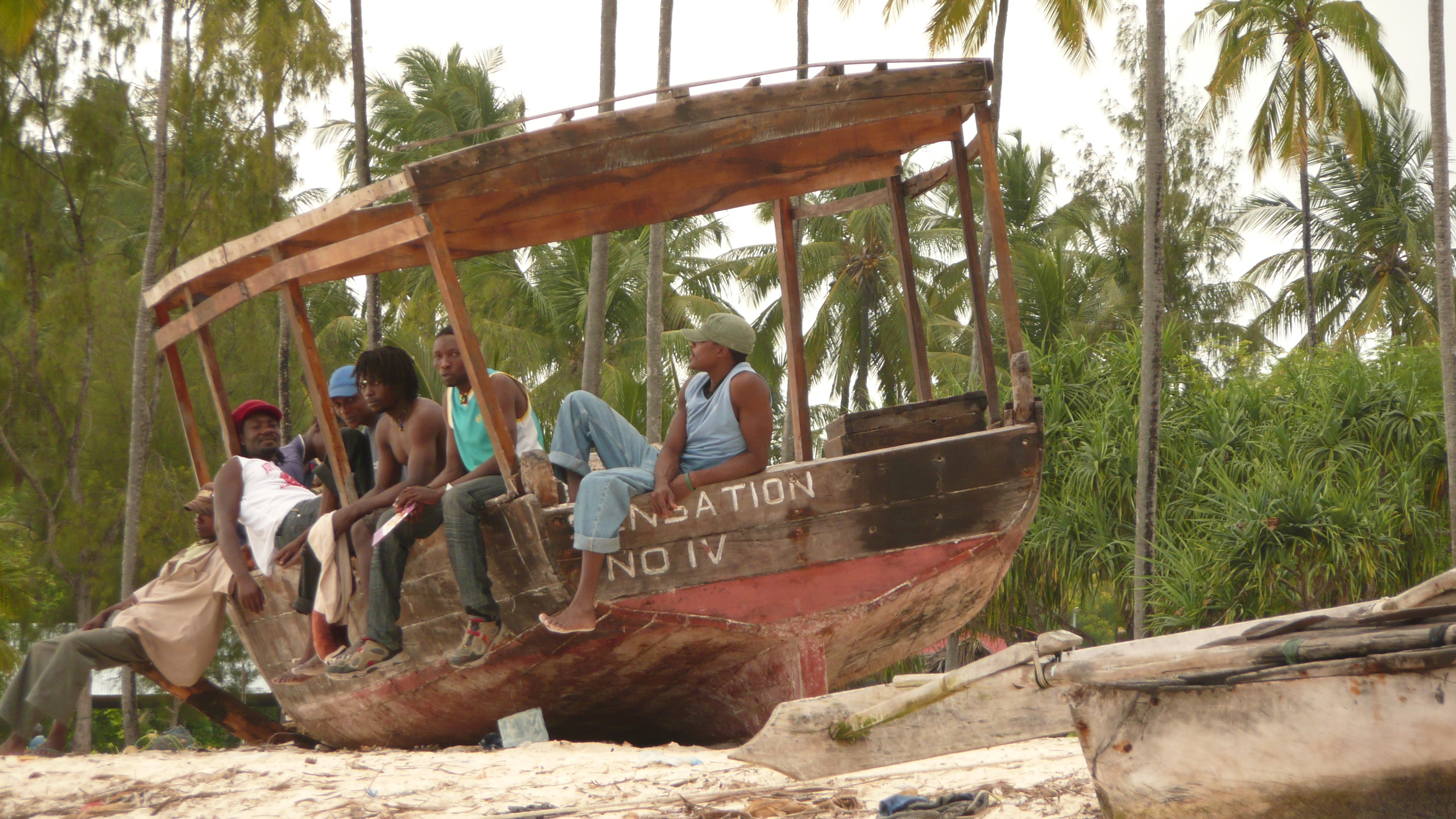
The strong Arabic and multicultural influence at the heart of the Swahili culture can be felt in the art, music, and strong Muslim faith that permeates the narrow streets that wind through Zanzibar’s Stone Town. From the beautifully carved ornamental doors that proudly announce the entrance to each home and business, to the music of Taraab that seamlessly blends Arabic, African, and European instruments and arrangements into a very soulful sound that is strongly identified with Zanzibar, Zanzibar is a feast for the senses. In order to heighten our senses even more, we took a “spice tour” around the island sampling Zanzibar”s famous crops, including cinnamon, cloves, cardamon, curry, nutmeg, vanilla, and peppercorns.
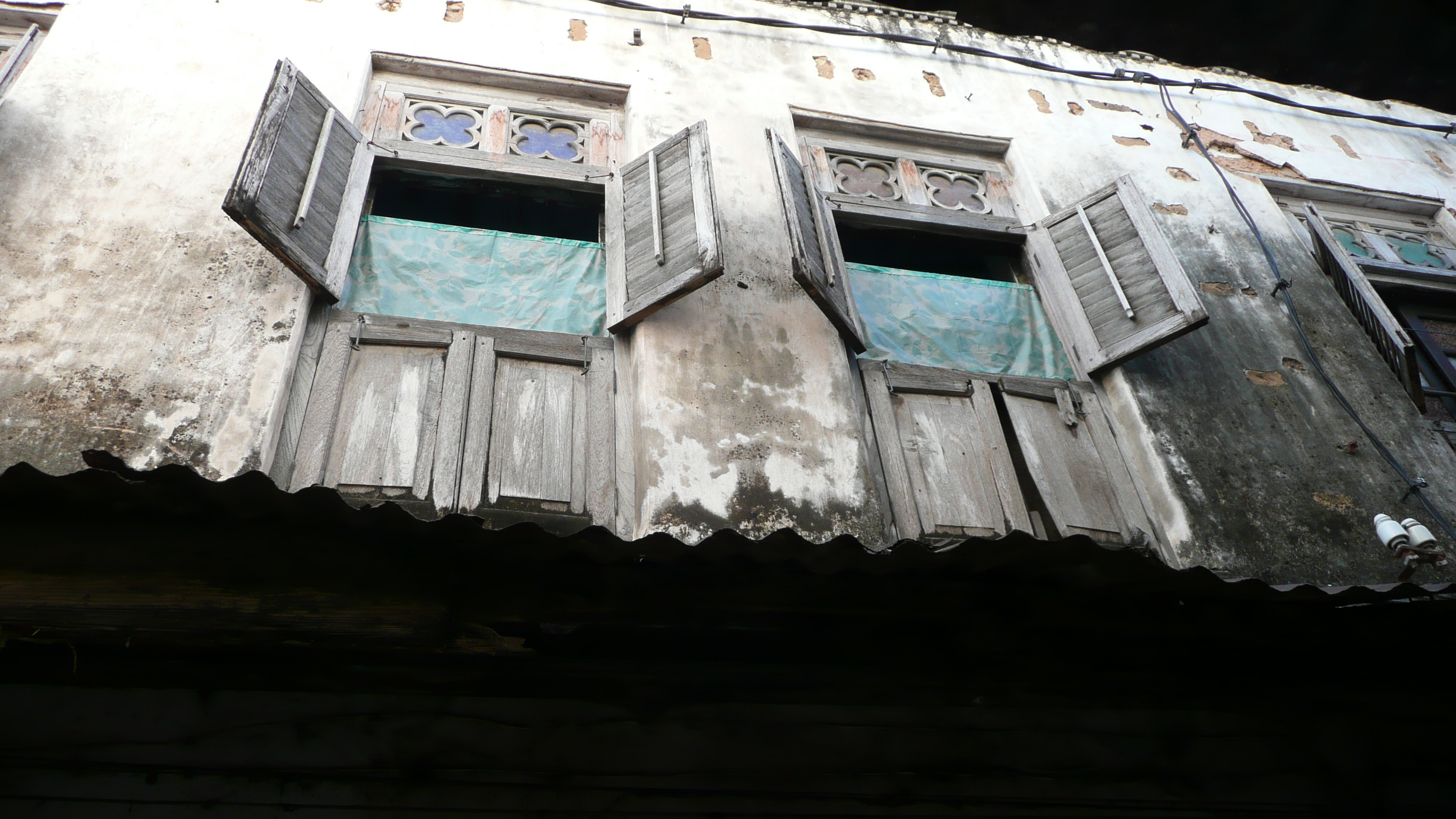
Today Zanzibar is also very well known for scuba diving and snorkeling amongst its pristine coral reefs, which Lila and I now know 49 species of after our Seychelles training:). Lila and I were stoked when we finally had the chance to dive off the coast of Nungwi, on the north east side of the island. Suffice it to say that a picture is worth a thousand words, so we rented an underwater camera and you can view the pics for yourself by viewing our Zanzibar photos here.
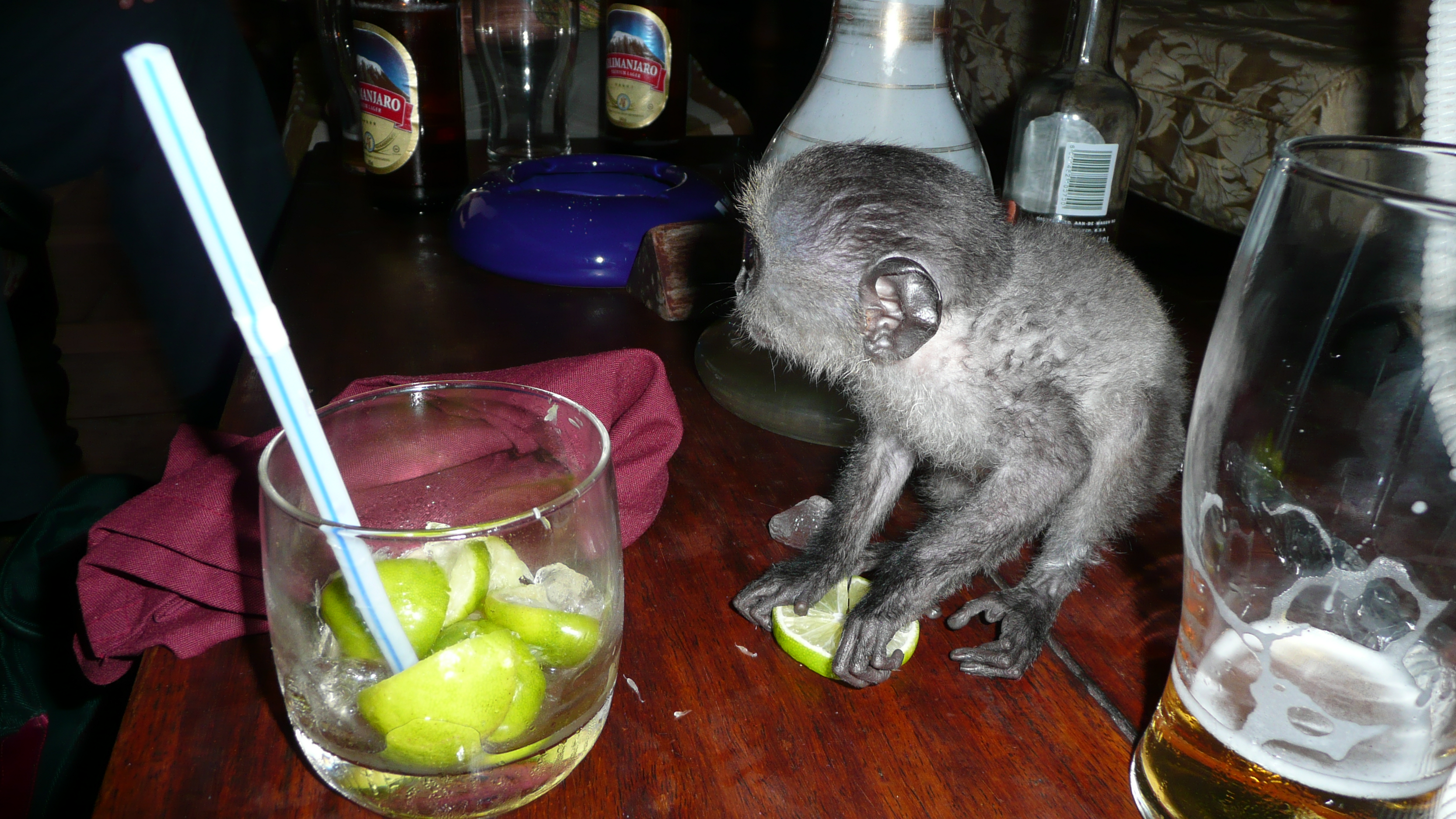
What is Swahili?
The Swahili language, a common language developed for the purpose of trade amongst people from around the world, is an interesting mix of tribal African, Arabic, Indian, Portuguese, German, English, and French. It is still a common language spoken in Zanzibar and a good part of East Africa today.
Jambo = Hello
Mambo = How are you?
Poa = Cool
So a common greeting exchange would be…
Person 1: Jambo
Person 2: Mambo
Person 1: Poa
Condensed History Lesson: Zanzibar used to be ruled by the Middle Eastern country of Oman. In fact it used to be the capital of Oman and the Sultans of Oman used to rule both lands. Eventually Tanganyika (now Tanzania) fell under the control of the the British who also took control of Zanzibar. Zanzibar gained its independence in 1977 before merging with Tanganyika to become Tanzania. Hence, Tanganyika + Zanzibar = “Tanzania”.
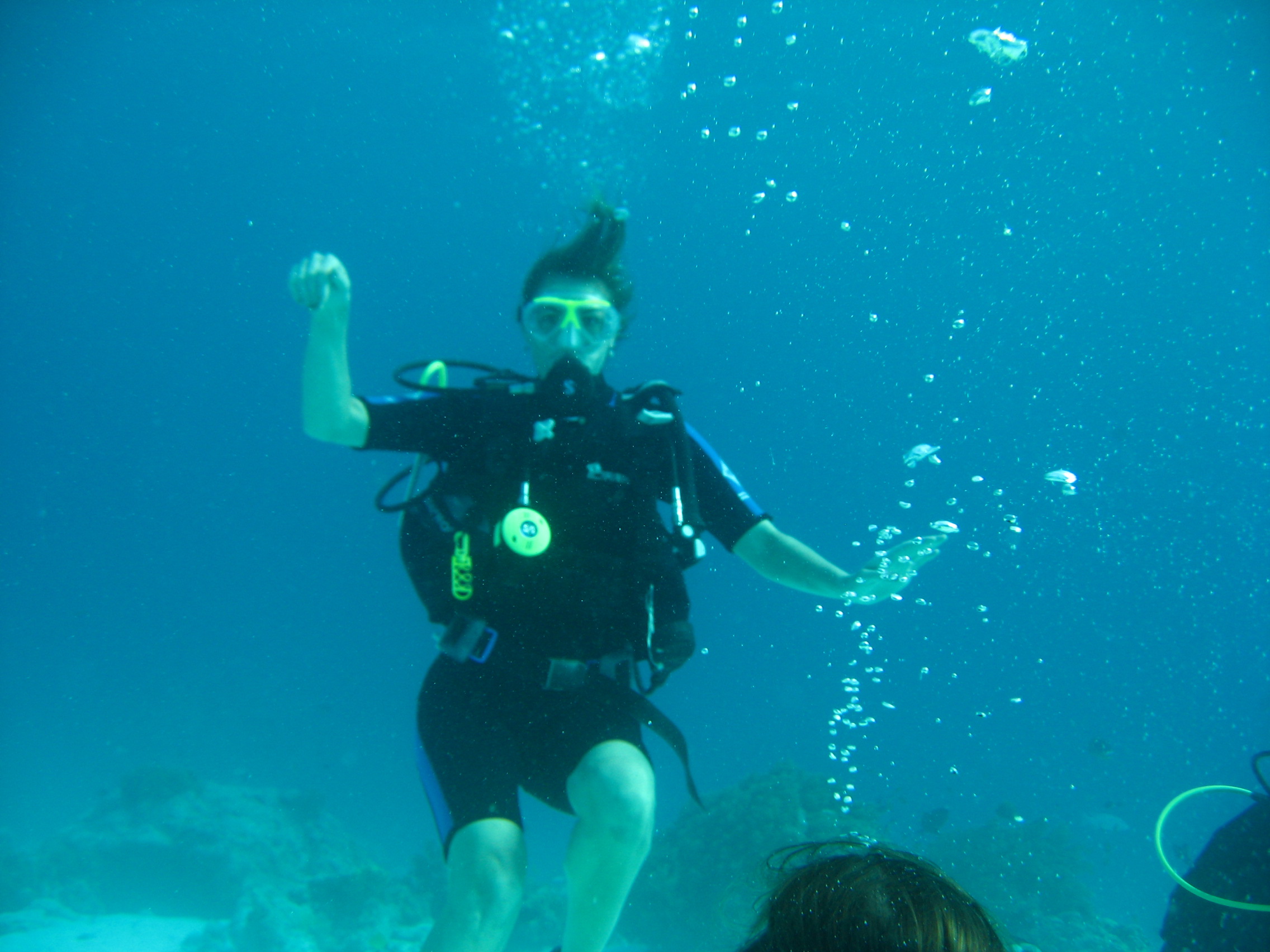
Click here for our Zanzibar photos.
Click here for Lila’s gallery of very cool Swahili doors.



